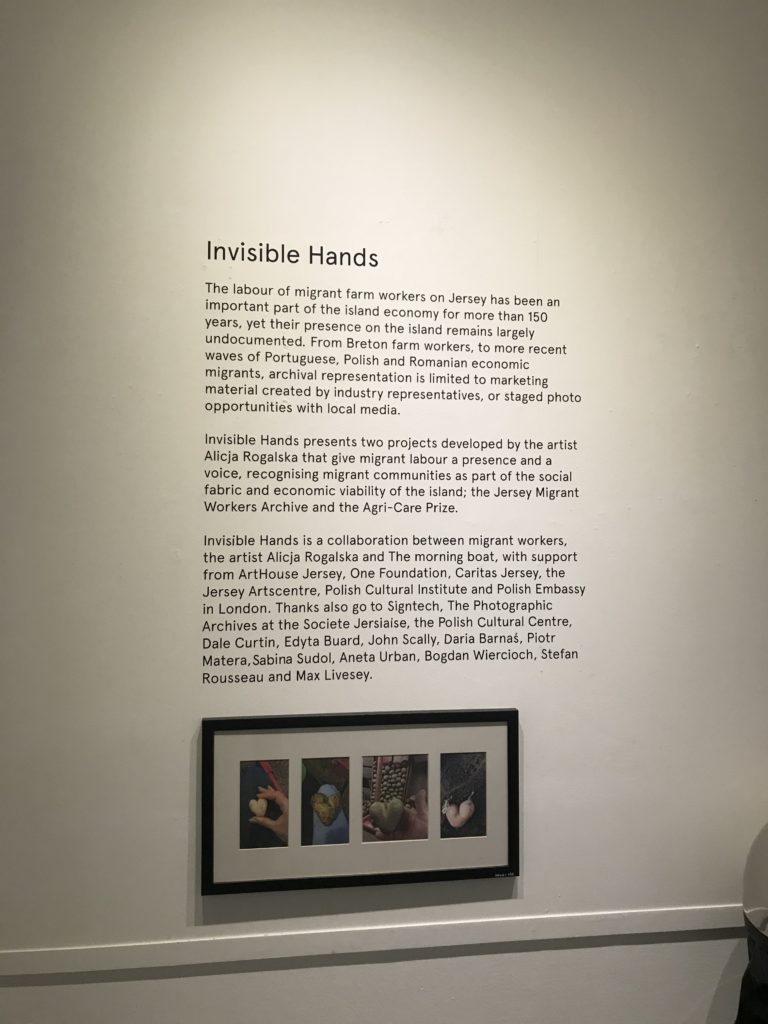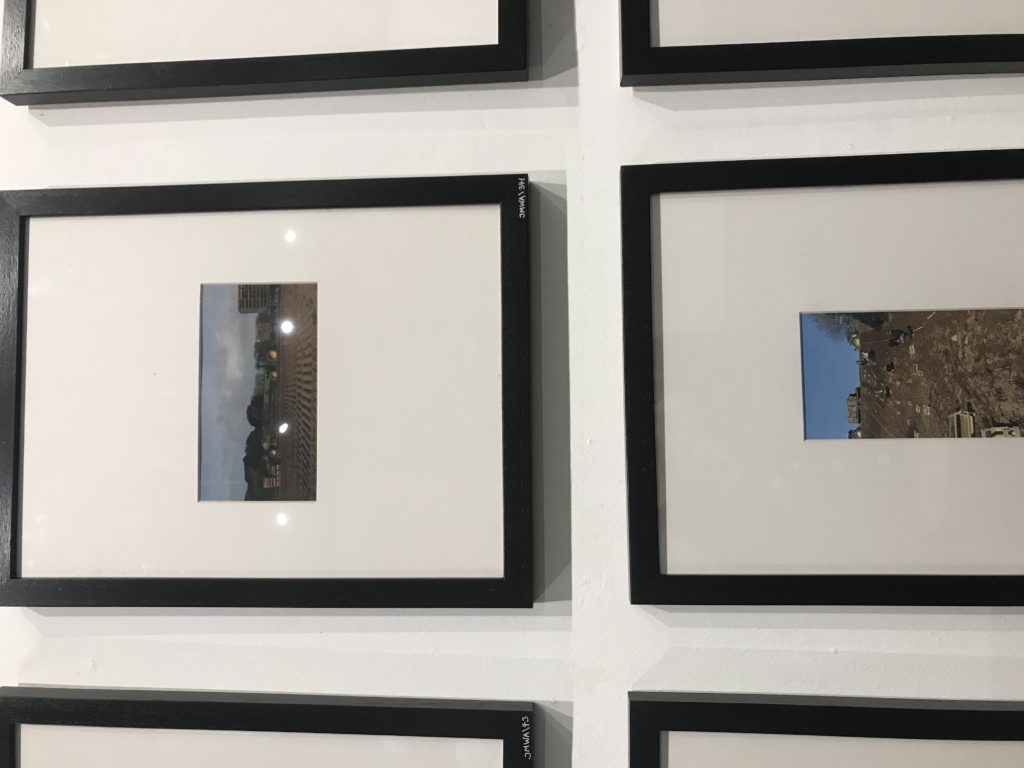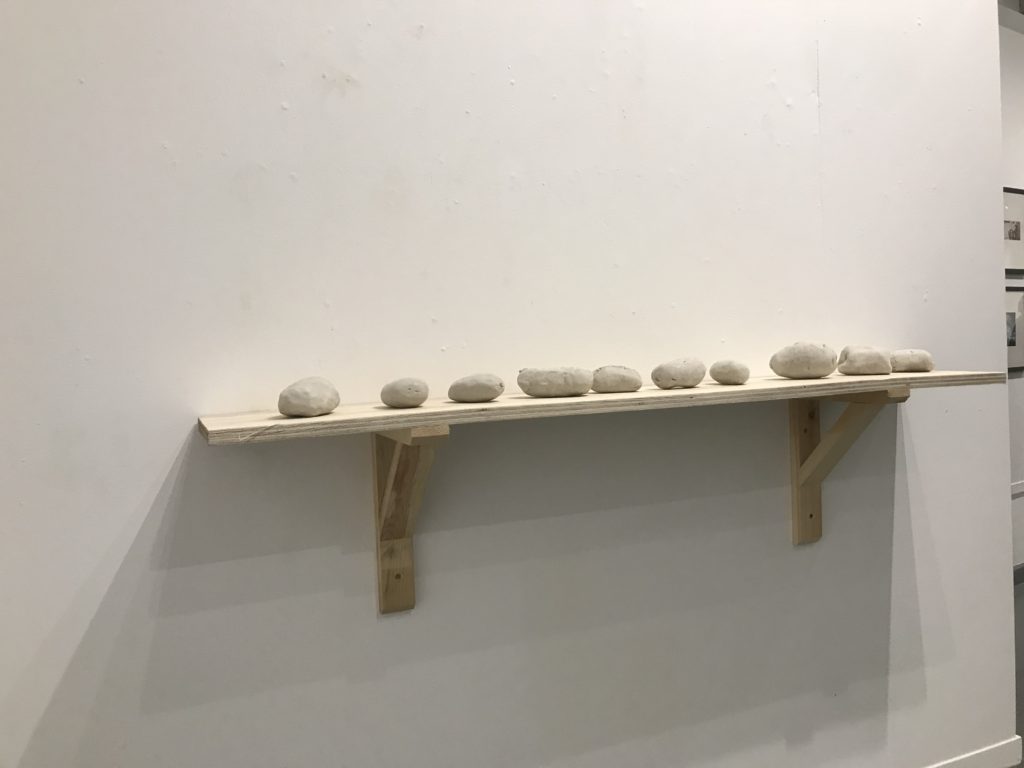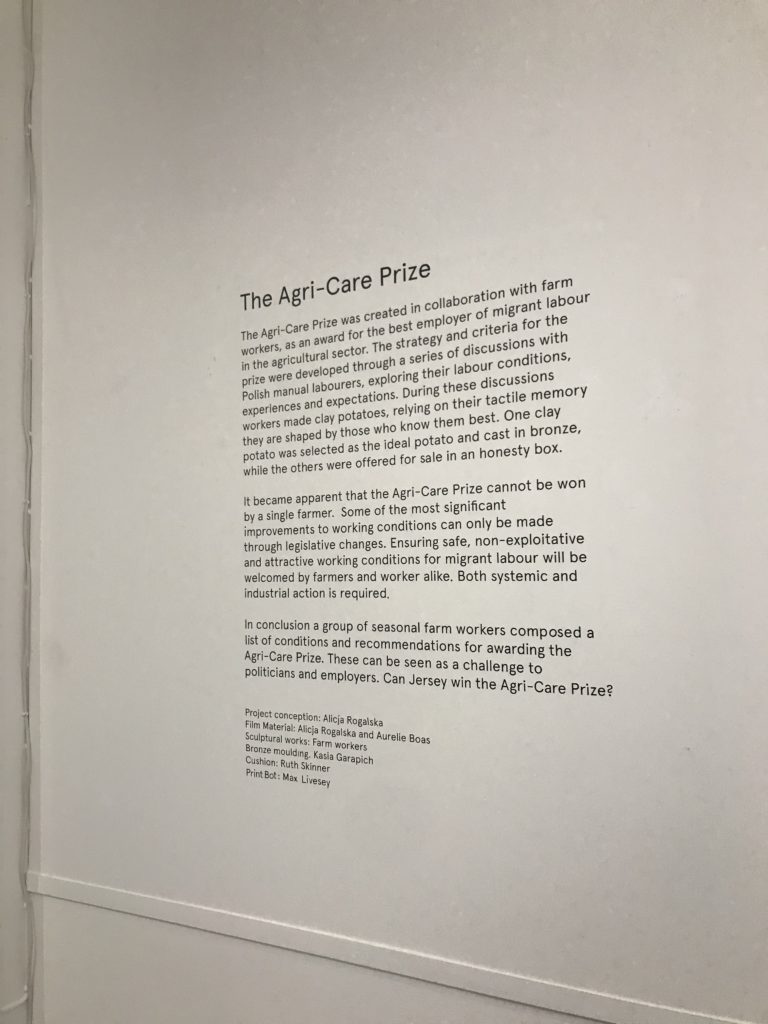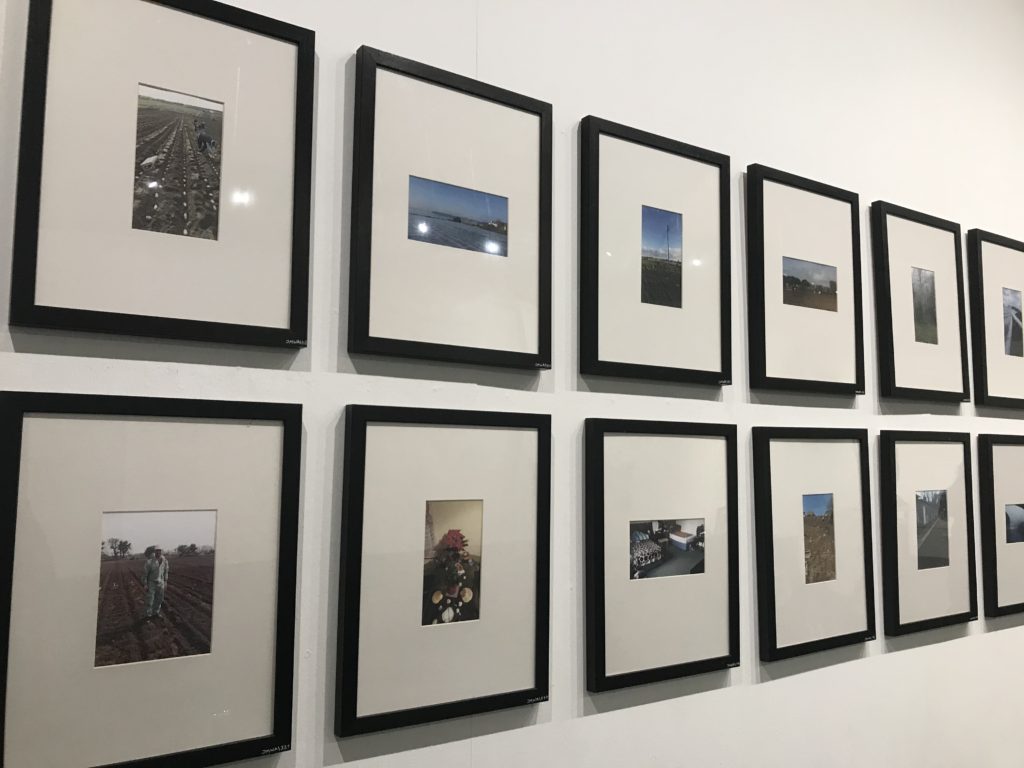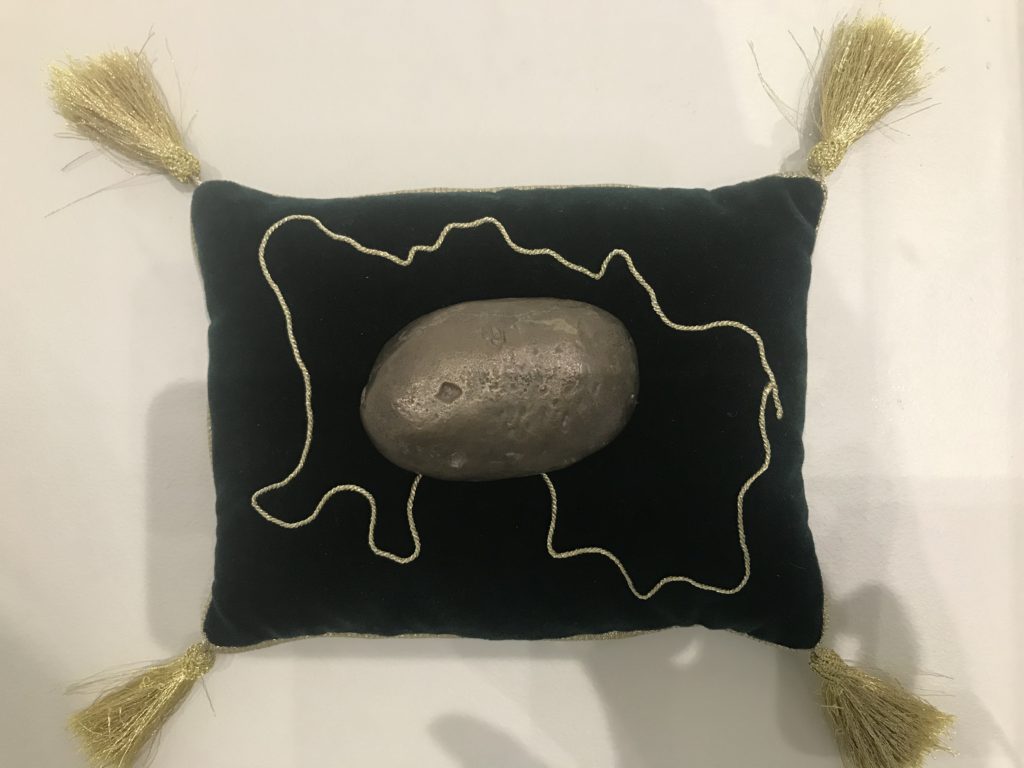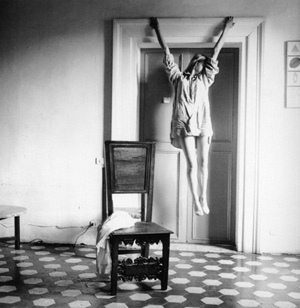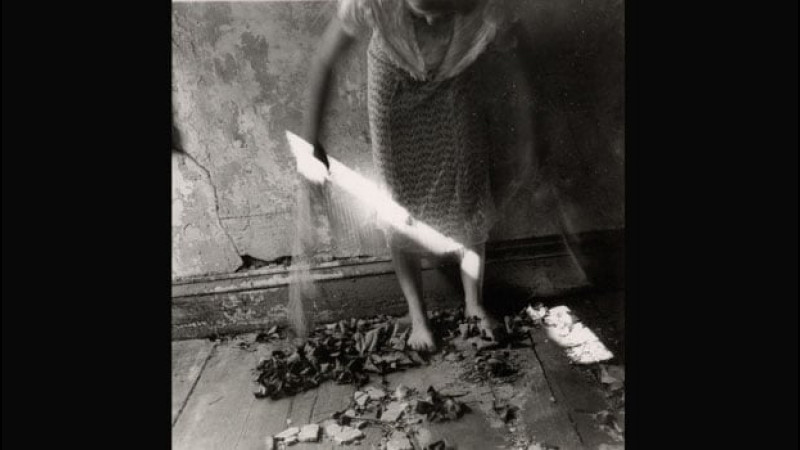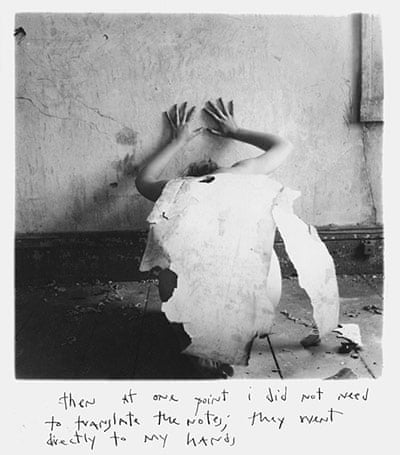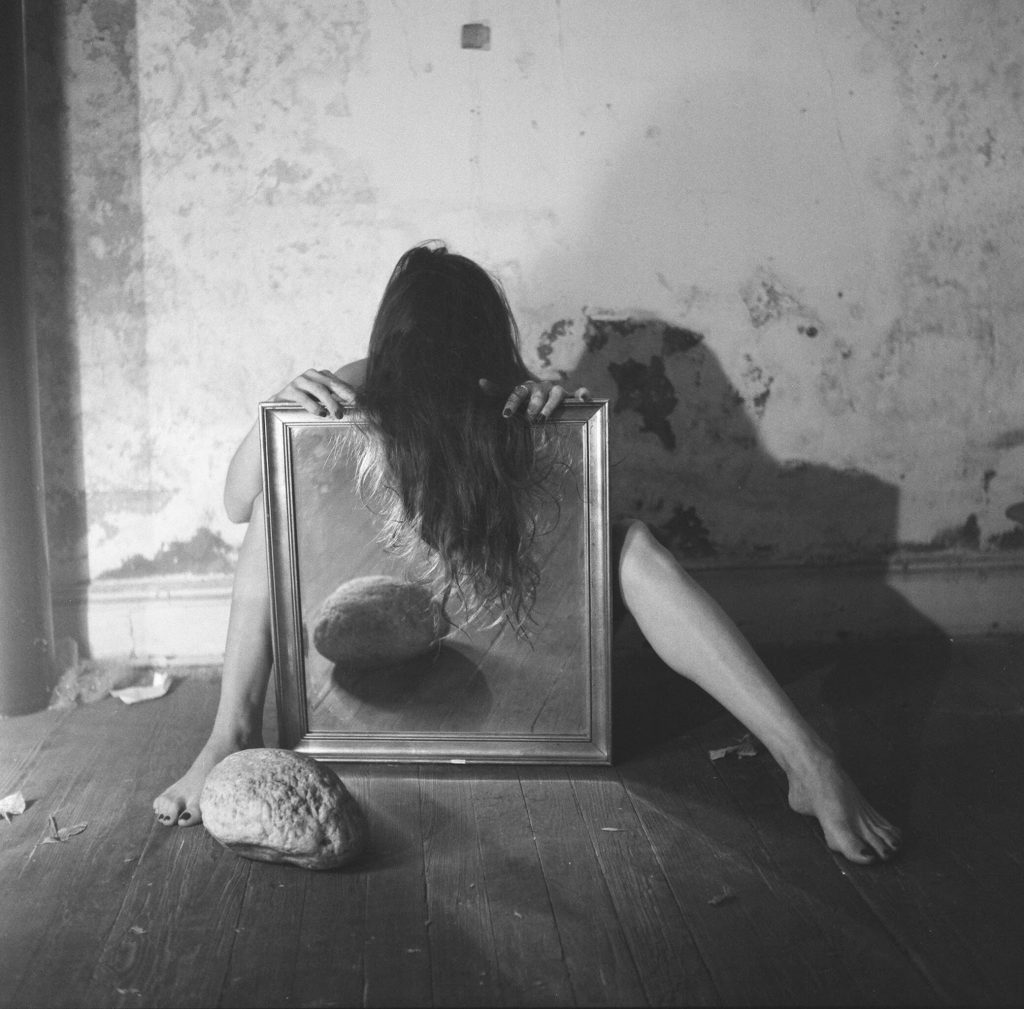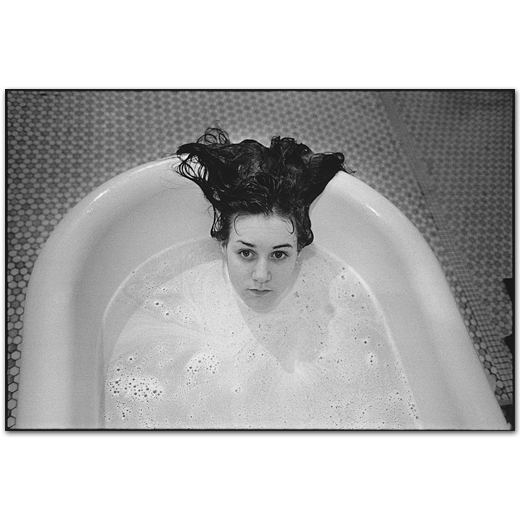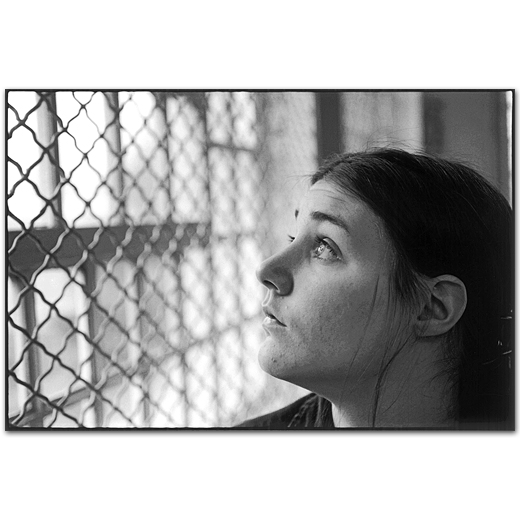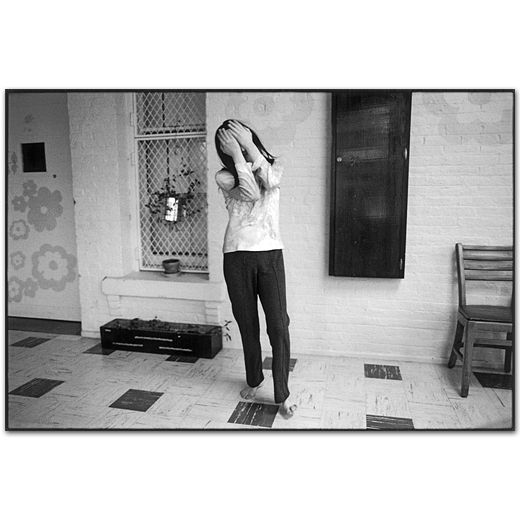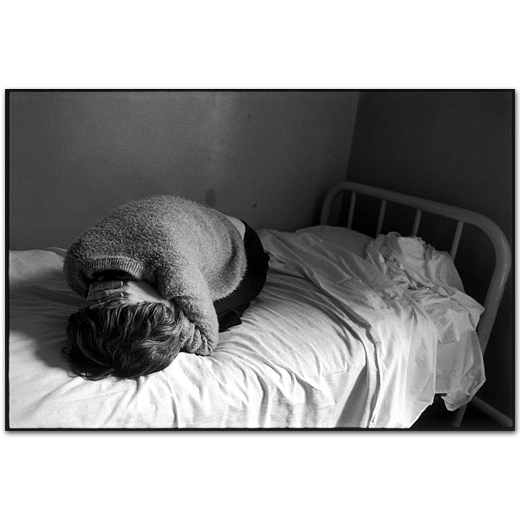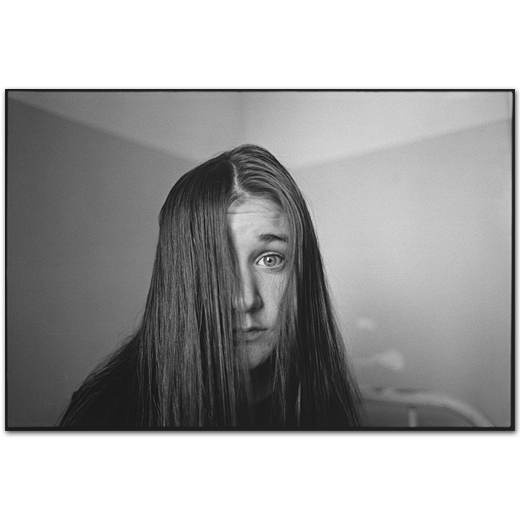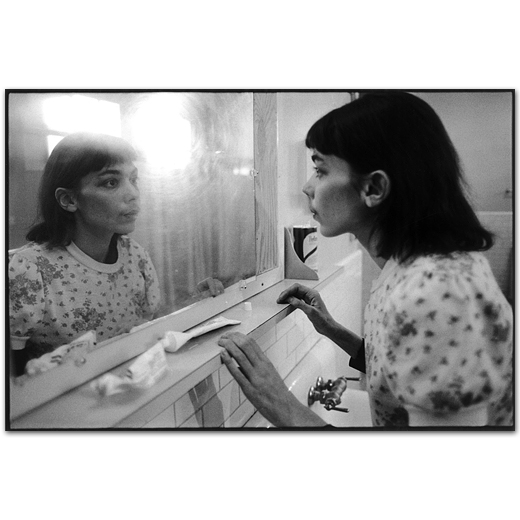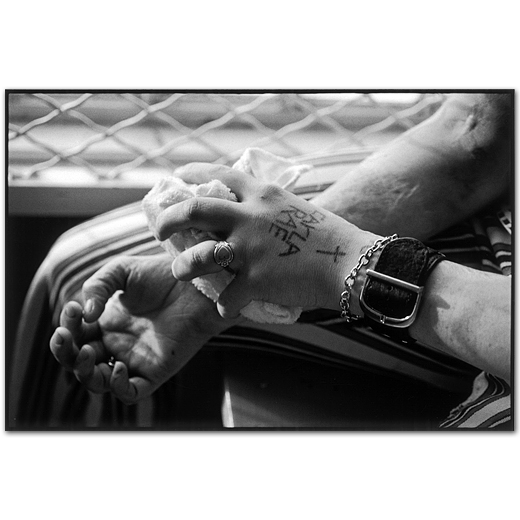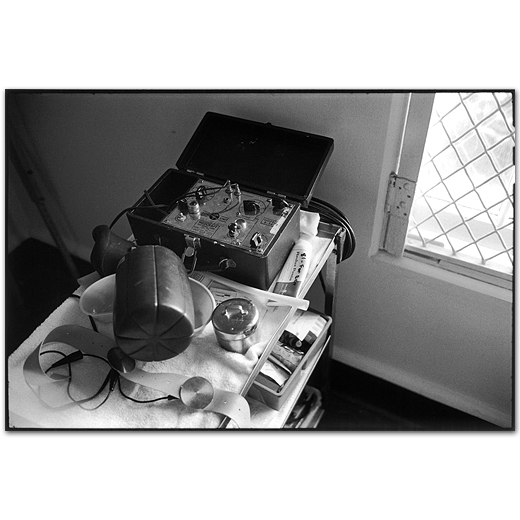My personal study will focus on the construction of fantasy within society. Within my work I will explore what creates this fantasy from childhood such as the media, sterotypes and the childish mind. My project will address matters that match my views of society such as the idea of cradle to grave and unrealistic contructs such as unrealistic body images. I plan to uses images of toys and dolls that represent the childish mind and the fantasy society contructed at childhood. I will also take images of real things to represent the awakening due to loss of innocence that comes as you get older. I was inspired by Shiela Pree’s photo series Plastic bodies, which focuses on unrealistic body images and the misrepresentation of women presented in dolls, and the majority of Laurie Simmons’ work such as her series Early Black and white (1976) and Earlier Color Interiors (1978). I’m inspired by their contruction of reality through the childish fantasy.
Monthly Archives: December 2019
Filters
“INVISIBLE HANDS”
EXHIBITION JERSEY ART CENTRE


On Friday afternoon we went down to the Jersey Art Centre to look at an exhibition called “Invisible Hands.” This exhibition shines a light on Jersey from a migrant workers perspective.
The hard work that seasonal farm workers put in has been more than important for Jersey’s economy for more than 150 years yet their presence on this island continues to be undocumented despite the impact they have. This exhibition is based so that people realise what some people have to go through to have even the smallest of happiness. A polish artist named Alicja Rogalska teamed up with some ordinary migrant workers and asked them to photograph “a day in the life..” to which she also teamed up with a group that discuss local issues called ‘The Morning Boat”
From Rogalska’s work she did several interviews with the migrant workers to which they explained in detail what its like to live a week in their life.
“I hope that this will be the trigger for change, but also that people will get some perspective and empathy from it. I guess it’s really about empathy, especially in the images taken by the workers,’ Ms Rogalska said. ‘You really see them as people with their lives – it brings it back to the human level rather than just talking about waves of immigration.“
‘It’s very easy to take things for granted if you are born in an affluent place. You don’t have to leave your families and your children and work in an unfamiliar place. But they may be terrified that something might happen to them because they don’t have the money to go to hospital. That’s what I wanted people to understand through this exhibition, a bit more on a human level.’
Contextual studies: decoding photography
Chapter we looked at; “Is it Real?”
Example
Harvard Referencing;
Bibliography – BrightS. and Van ErpH. ( 2019 ) Photography Decoded. London; Octupus Publishing House. Page 17.
QUOTES;
“The mirror can serve as metaphor for reality…”
“If manipulation is the first thing someone thinks of in connection to photography, what does that say about the value of the photograph as a reflection of reality?
“Under what circumstances are these images to be trusted as real?”
academic sources
1 st one – Text in book
2nd – online article
- https://www.britannica.com/biography/Walker-Evans
- written by: Szarkowski. J (October 30, 2019)
- Walker Evans American Photographer
3rd – Youtube interview
Harvard System of Referencing –
Bibliography:
Sherman,C. (1997) Cindy Sherman: Retrospective .
New York: Thames&Hudson
How to incorporate a quote inside my own writing.. critic/ writer/ artist/ Cindy Sherman says; ‘The adoption of femininity as a sign of the ways in which particular subjects are allowed to experience themselves produces the subject ( whether anatomically male or female) as an object trapped within the inexorable purview of the projective gaze.” (Sherman 1997:38)
decoding photography
“Daguerre’s technique gave a unique image : it can only be copied by being re-photographed – something that already suggests photography’s complicated relationship with reality.”( Bright and Van Erp. 2019:17 )
“If manipulation is the first thing something thinks of in connection with photography, what does that say about the value of the photograph as a reflection of reality?” ( Bright and Van Erp. 2019:17 )
“And what does a ‘real photograph’ look like: Is it something you can hold? Is it something you can see on a screen and alter?” ( Bright and Van Erp. 2019:17 )
“The daguerreotype didn’t make up what was in front of the camera, as a mirror doesn’t lie.” ( Bright and Van Erp. 2019:17)
“The process of manipulation starts as soon as we frame a person, a landscape, an object or a scene with our cameras.” (Bright and Van Erp. 2019:18)
“From Daguerre’s age to ours, photography has undergone a transformation, not only technologically but conceptually.”(Bright and Van Erp. 2019:18)
Bibliography: Bright, S. and Van Erp, H.(2019), Photography Decoded. London: Octopus Publishing House
CONTEXTUAL STUDIES-DECODING PHOTOGRAPHY
The book ‘Photography Decoded’ authored by curator and writer Susan Bright and curator, writer and photo-historian Hedy van Erp.
IS IT REAL?
BIBLIOGRAPHY:
Bright, S and Van Evp, H. (2019) Photography decoded, London; Octopus publishing house
‘Photography emerged into a 19-th-century world that was undergoing rapid transformation on almost every aspect’ (Bright and Van Evp, 2019; 17)
‘The daguerreotype had aspirations to both the realistic and the theatrical, as well as to the commercial. The ‘mirror’ can serve as a metaphor for reality, whereas the red velevt evokes theatre curtains, within which the beautiful drama would unfold’ (Bright and Van Evp, 2019; 17)
‘The question arises: if manipulation is the first thing someone thinks of in connection to photography, what des that say about the value of photography as a reflection of reality?’ (Bright and Van Evp, 2019; 17)
‘Daguerreotype didn’t make up what was in front of the camera, as a mirror doesn’t lie’- Louis Daguerre (1787-1851). (Bright and Van Evp, 2019; 17)
‘the lack of human subjectivity makes it an example ofg ‘true reality’.’ (Bright and Van Evp, 2019; 18)
‘the process of manipulation starts as soon as we frame a person, landscape, an object or a scene with out camera: we choose a portrait or landscape format. What often follow is the addition of non-realistic filters, editing, altering and cropping. The binding principle of photography, however remains its relationship to reality, especially when at question is documentary photography or a picture in the news media: we are convinced that ‘it happened’- that the events they represent were real, that they actually took place’ (Bright and Van Evp, 2019; 18)
‘One can the ask: what are the difference between reality and witness and points of view’ (Bright and Van Evp, 2019; 18)
‘reality, witness and point of view can actually blend into on other’ (Bright and Van Evp, 2019; 18)
‘obscure the lines between fact and fiction’ (Bright and Van Evp, 2019; 18)
‘documentary elements in combination with the artists obsession and the sense of voyeurism that this evokes’ (Bright and Van Evp, 2019; 18)
photography has undergone a transformation, not only technologically but conceptual’ (Bright and Van Evp, 2019; 18)
‘We know that if ten people were asked to take a photograph of the same scene, this would result in ten different photographers, with as many dissimilar points of view. On’ (Bright and Van Evp, 2019; 18)
WHO DO YOU THINK YOU ARE?
BIBLIOGRAPHY:
Bright, S and Van Evp, H. (2019) Photography decoded, London; Octopus publishing house
‘in today’s culture, photographing oneself or being photographed has become almost as common as eating and sleeping’ (Bright and Van Evp, 2019; 149)
‘out online identity is more commonly seen as an outward gesture of our personality and identity and of how we wish to present ourselves in the wider world’ (Bright and Van Evp, 2019; 149
‘the mirror in the frame is part of photographic self-portrait and its history’ (Bright and Van Evp, 2019; 149)
‘Questions of self and identity have long concerned artists and are intensified as digital lives become ubiquitous and an aspect of performance becomes the norm in terms of modes of behaviour’ (Bright and Van Evp, 2019; 150)
contextual studies: DEcoding photography
- if manipulation is the first thing someone thinks of in connection to photography, what does that say about the value of the photograph as a reflection of reality. (Bright and Van Erp 2019; 17)
Bibliography – Bright, S. and Van Era,H (2019) Photography Decoded. London: Octopus publishing house
- The daguerreotype had aspirations to both the realistic and the theatrical, as well as to the commercial. The ‘mirror’ can serve as a metaphor for reality, whereas the red velvet evokes theatre curtains, within which the beautiful drama would unfold. (Bright and Van Erp 2019; 17)
Bibliography – Bright, S. and Van Era,H (2019) Photography Decoded. London: Octopus publishing house
Review and Reflect – Post 5 (Shoot Planning)
Photoshoot 1:
The first photoshoot in my personal investigation will introduce the setting of the current ‘spare room’:
- Explore lighting in the room using shutters/curtains for best ambience,
- Highlight bareness and clear lack of use of the room itself,
- Opportunities to show its previous uses as a spare bedroom and playroom,
- The first steps towards the redecoration of the room begin with new paint and simple wall decorations,
- Portraits of subject painting,
- Close ups of paint/card swatches/brushes/rollers/paint on hands,
- (Paint/card swatches for photo-book).
Photoshoot 2:
The next photoshoot in my personal investigation will take place in a small social setting. The aim of this shoot is to compose several images, both portraits and close ups of objects:
- Two parts of the shoot: day time/night time,
- Explore lighting in the car both during the day and at night; shade from trees/street lights/weather/car lights/glare,
- Portraits of subjects socialising,
- Use of wing/rear view mirrors to frame the shot,
- Close ups of objects used by subjects/interior of car/reflection in mirror/chiaroscuro,
- Eye contact/posing/candid,
- Take photographs from both inside and outside the car/windows up or down/headlights on,
- (Used pay card/muddy shoe print for photo-book).
Shoot Planning:
Woodman Shoot #2:
- Attic
- Bathroom
- Belt
- Detail shots
- Hands
- Floor
- Angel
- Laddered tights
- News paper
- Hidden face
- Flying (jumping)
- Paint
- Sheets/Blankets
Mark Shoot:
- Bedroom
- Bathroom
- Mirror (with condensation/water > handprints)
- Sink
- Bath/Shower
- Water
- Detail shots
- Scissors
- Shoes (old/broken)
- Bed
- Wardrobe
- Window
- Dinner table (with/without me)
ESSAY PLAN
- Essay Question
- In what way does Nick Hedges portray a sense of state discrimination and hopelessness through his monochromatic imagery?
- Opening quote
” You’ve only got to read any autobiography by anyone who’s grown up in unfortunate circumstances to understand the significance of their childhood and its impact upon them. ” (Hall, A, The University of Birmingham, 2015, p.74)
- Introduction (250-500 words): What is your area study? Which artists will you be analyzing and why? How will you be responding to their work and essay question?
In order to approach my personal study, I will be focusing on 3 main concepts, the housing crisis, nostalgia and control. A topic which I am highly interested in and am willing to explore is the housing crisis which affects a large population of Jersey, not only the immigrants but young people and the elderly all face institutional discrimination which makes it extremely difficult to get on the property ladder or be able to find housing in Jersey. There is an extreme lack of affordable housing for low income families and young people alike, who start out on the bottom earning minimum wage at the start of their careers. With the use of film, an older method of photography, I am hoping to capture images that capture a nostalgic and reminiscing feel. The fuzziness and grain which can be captured using this flash provokes ideas of the old and outdated, much like the housing in Jersey, lacking houses and slats which are safe and regulated for people to live in.
A prominent photographer which links to my area of study is Nick Hedges, photographing and recording of social housing in post WW2 Britain in the 60’s and 70’s. Mikhael Subotzky is also a photographer who closely ties in with the topics which I will be tackling, taking striking images of a high rise, low cost housing in the heart of South Africa. Using both candid photography and the surrealism of the architecture of the building, creating a photo book tackling the subject. The themes and subjects which both these photographers tackle closely tie in with the overall focus of my personal project, taking a documentary style, biographical approach to their work.
In order to respond to my personal study I will be employing the use of both a film camera and digital camera. As I will be using the theme of nostalgia, the use of a film camera will be an effective way to display this through the grainy and soft nature of the photos themselves. The subject of my images will be of the low cost, affordable housing which can be rented in Jersey. I will be contacting estate agents in order to show the contrast of the way in which housing agents glorify these homes versus what the reality of them are. I will be focusing on small and minor details which distinguish each property such as the flooring, bathrooms and kitchen cabinet. I will also be photographing the exterior of buildings, going around the dingier parts of St.Helier which depict the depressing lifestyle some people face by living in the center.


